
views
Examining Honey Before Purchasing

Know your region's honey purity laws. Some countries or regional governments issue honey standards that require the mention of added substances. Others do not have laws relating to honey purity, or may release voluntary guidelines with no ability to enforce them. Try to find honey purity laws in your area so you know how much faith to put in honey labels in your local grocery store. Any product sold in the European Union as honey must be free of additives by law, including antibiotics used to treat bees for disease. Any honey with defects seriously affecting the taste must be sold as "baker's honey" intended for use in processed foods. The United States government does not test for honey purity, and allows trace amounts of antibiotics. A USDA logo does not mean the honey is pure. Florida is the only U.S. state that requires honey to display all additives as long as it is both manufactured and sold within Florida. Beware substances sold under a different name, such as "honey blends" or "honey products," which do not fall under this law.
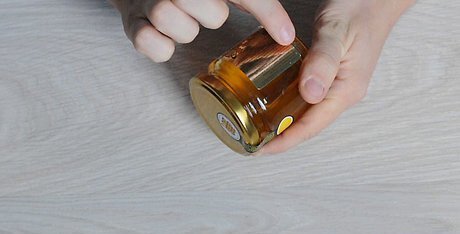
Check the label, but don't take it for granted. Check around the brand name or logo in addition to the ingredient list to check for "additives" or "added flavors." Pure honey should only have one ingredient: honey. However, even if no other ingredients are listed, the manufacturer may not be telling the truth.
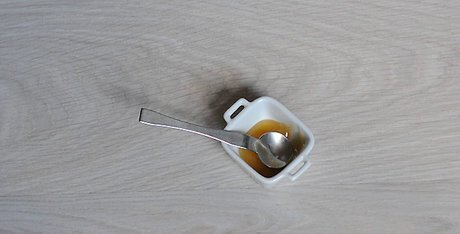
Taste the honey if a sample is offered. Tasting is not an accurate way to test for additives, but if taste is your main concern, it could be all you need to make a decision. Note that a "weird" taste does not necessarily mean the honey isn't pure. There are many varieties of honey made from the nectar of different flowers, saps, or even the secretions of sap-eating insects. Each of these produces different flavors, and even the honey of one beehive can vary from year to year as they collect nectar from different sources. Most sellers will not allow you to open a jar before purchasing. Ask whether you can taste a sample, but do not insist if one is not available.
Conducting Tests at Home
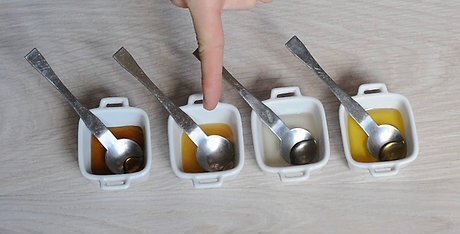
Understand that these tests are not 100% accurate. Honey's wonderful, delicious variety works against you when you're trying to find a simple test. Different types of pure honey can cover a large range of density, flammability, and other characteristics. While the following tests are based on true principles, in practice your results may be inconclusive. Try several of these tests to see if the honey fails or passes consistently. In many cases, you can get nothing more than a good guess.
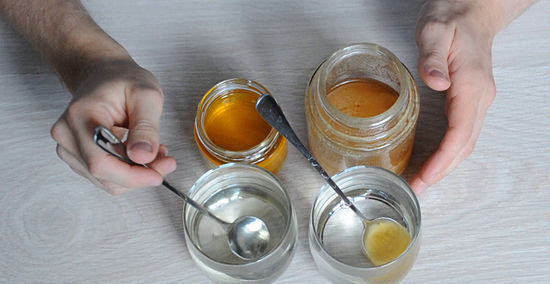
Add a spoonful of liquid honey to warm water. Add a spoonful of honey to a glass of warm water, stirring slowly or not at all. If the honey has been mixed with certain kinds of sugar syrup, it will dissolve in the water. Most pure kinds of honey, and unfortunately some adulterated honeys as well, will stick together and sink as a solid lump, or remain stuck as a lump on the spoon. Note that pure or adulterated honey is also sold in creamed (evenly crystallized) form or solid honeycomb form. These will always be difficult to dissolve, whether or not the honey is pure.
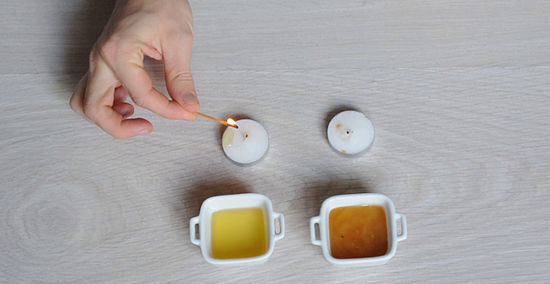
Set fire to a cotton pad or candle wick dipped in honey. This test only checks for added water in the honey, which may prevent the honey from burning. Dip a cotton pad or the cotton wick of a candle into a bit of the honey, and shake off the excess. Attempt to light the cotton pad or wick. If it burns easily, then it probably has no added water, but may or may not have other substances added. If it refuses to burn or makes a cracking sound instead, water may have been added.
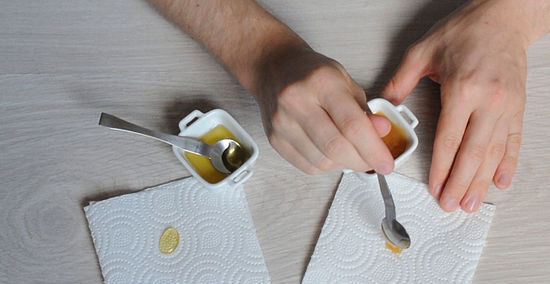
Drop honey on blotting paper or a paper towel. If honey has been diluted with water, it may be absorbed or leave a wet mark on an absorbent material such as blotting paper. Pure honey should not be absorbed, but unfortunately neither will honey diluted with most sugar syrups.
Dispelling Honey Purity Myths

Don't let ants make your decision for you. Ants are interested in anything sweet and nutritious. Ants will eat honey, colored corn syrup, and anything in between.
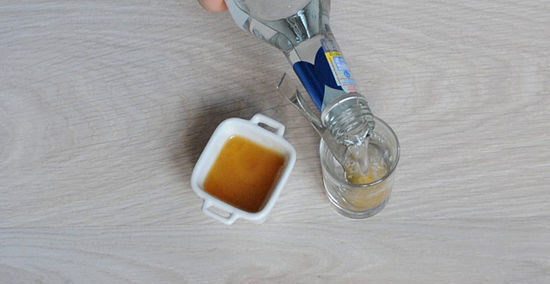
Realize that mixing honey and alcohol is not a useful test. Some sources claim that mixing impure honey into methylated spirits or other alcohol will dissolve it and make the solution milky, while pure honey will stay undissolved at the bottom. Other sources claim the exact opposite! This myth dates back at least to 1893, and was not accepted by professional beekeepers even then.
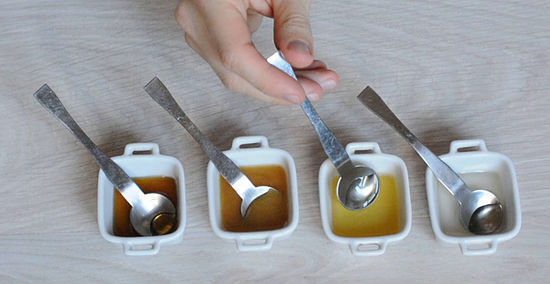
Be skeptical about claims of pure honey turning one direction or forming shapes. There are several myths around the internet about only pure honey turning clockwise when poured, or only pure honey forming hexagons when left on a plate and covered with water. There is no scientific evidence that impure honey will behave differently in these situations.
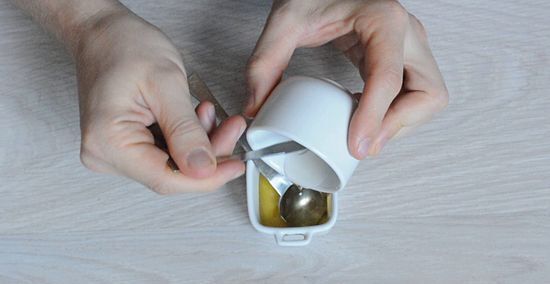
Test additional claims yourself. There are many anecdotes floating around about different ways you can test honey for purity, and many of them have not been scientifically tested. If you think something sounds plausible, try testing a jar of honey you think is pure. Then mix it with agave syrup, sugar syrup, or some other added sugar and perform the same test. If you consistently get different results with the diluted syrup than with the pure honey, the test might be useful. Keep in mind that no one household test can detect every possible additive in honey, however.




















Comments
0 comment